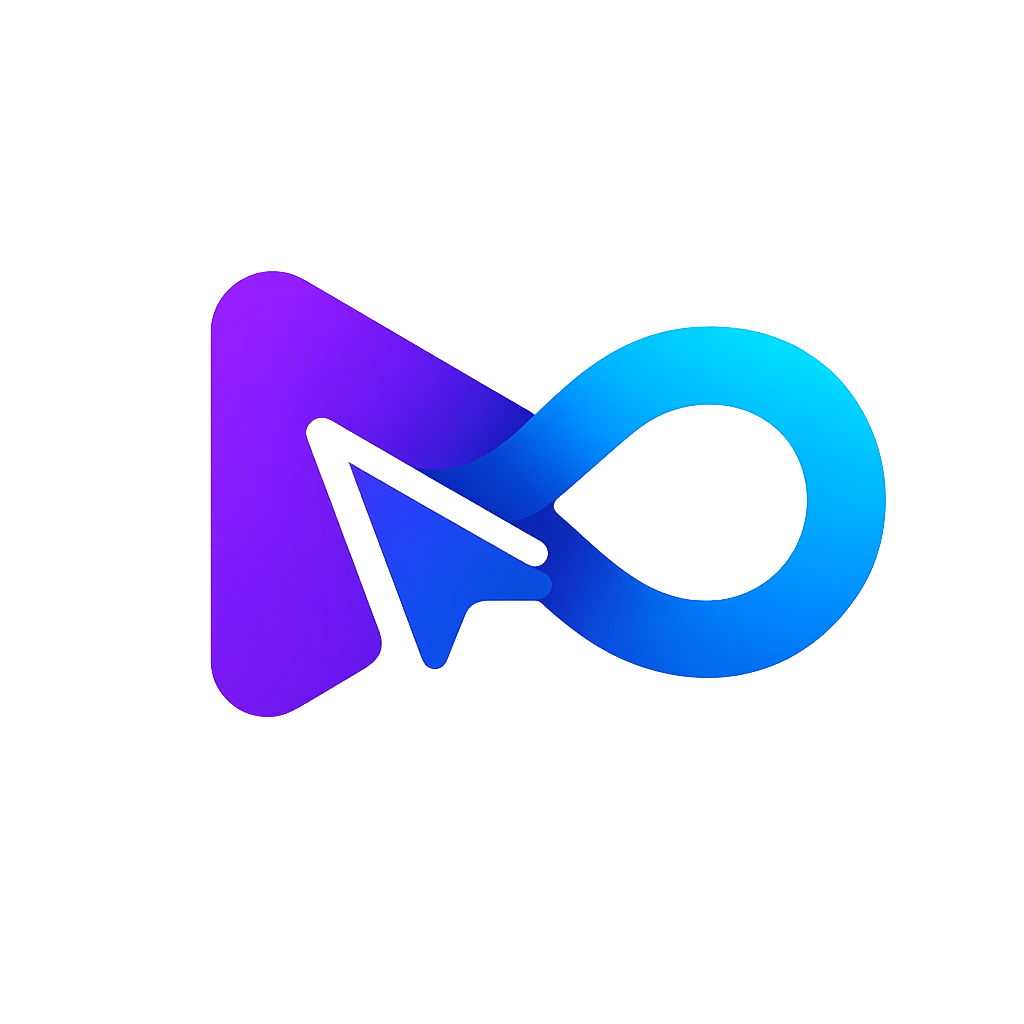User Friendly AI Tool

What is keras.io?
Keras.io functions as the designated online platform for Keras, an intuitive deep learning Application Programming Interface (API) designed for human usage. Serving as an open-source framework, Keras facilitates the creation, training, and implementation of deep learning models through user-friendly and high-level abstractions. This API boasts compatibility with several backends, including TensorFlow, JAX, and PyTorch, ensuring versatility across various computational platforms such as CPUs, GPUs, TPUs, and mobile devices. Notably, Keras encompasses an extensive collection of supplementary tools, comprehensive documentation, and educational materials tailored to cater to both novices and seasoned professionals in the field.
What are the benefits of keras.io?
Keras offers several advantages:
- User-Friendly API: Keras boasts a streamlined and consistent interface, alleviating the cognitive burden for users and expediting model prototyping and refinement.
- Diverse Backend Support: With compatibility for multiple backends, including TensorFlow, JAX, and PyTorch, users can opt for the most suitable platform and transition effortlessly between them.
- Vibrant Community: Keras is backed by a thriving community of developers and users who actively contribute to the project, extend support, and provide valuable feedback.
- Comprehensive Integration: Keras seamlessly integrates with an array of tools and platforms spanning the entirety of the machine learning workflow—ranging from data collection and preprocessing to model deployment and monitoring.
- Scalability and Performance: Boasting high scalability and performance, Keras natively accommodates multi-GPU and distributed training, mixed-precision training, and deployment across diverse devices like mobile, web, and edge platforms.
How does keras.io work?
Keras.io operates through the provision of an intuitive, high-level API tailored to construct and train deep learning models. It takes its foundation from the Keras library—an open-source initiative compatible with TensorFlow, JAX, and PyTorch. This platform furnishes a uniform and straightforward interface enabling the creation of diverse neural network configurations, including convolutional, recurrent, and dense networks. Complementing its offerings, Keras.io houses an extensive array of tools and materials designed for deep learning exploration and education, encompassing tutorials, guides, exemplars, and documentation. This resource proves beneficial for both executing personalized deep learning projects and gaining insights from pre-existing endeavors within the repository.
What are the limitations of keras.io?
Certain limitations associated with Keras include:
- Abstraction Level: Keras operates as a higher-level framework, which can result in the abstraction of intricate details inherent in underlying backends like TensorFlow, JAX, or PyTorch. While this streamlines usage, it can potentially hinder customization, intricate debugging, or the implementation of advanced features not directly supported by the Keras API.
- Deep Learning Focus: Keras primarily concentrates on deep learning applications, excluding coverage of diverse machine learning aspects like data preprocessing, feature engineering, model evaluation, or deployment. Consequently, supplementary libraries or tools may be required to complement Keras for these specific tasks.
- Dynamic Evolution: As an evolving and developing platform, Keras may undergo modifications or deprecations in terms of features or functionalities within future versions. Staying aligned with current best practices and standards might necessitate updates to code or models to ensure compatibility.
How much does keras.io cost?
Keras.io stands as an online resource offering comprehensive documentation and instructional materials pertaining to Keras—a publicly accessible deep learning library. This website extends its content and library access without any associated charges. Nonetheless, it's noteworthy that the expenditure might arise in relation to the backend framework you opt for, like TensorFlow, PyTorch, or CNTK, due to potential costs linked to cloud computing or GPU resources.
What makes Keras a preferred choice for machine learning engineers?
Keras is favored by machine learning engineers for its user-friendly API that simplifies the development workflow. It provides a consistent interface that enhances debuggability and facilitates effective knowledge transfer between scientists. With Keras, you can easily prototype, research, and deploy deep learning models in a streamlined and intuitive manner. Its capability to work with JAX, TensorFlow, and PyTorch allows engineers to leverage the ecosystem of all three frameworks, making it versatile across different computational environments. Keras also supports scaling on large clusters of GPUs or TPU pods, making exascale machine learning feasible and efficient.
How does Keras enhance the deployment and operationalization of deep learning models?
Keras enhances deployment and operationalization by acting as a perfect abstraction layer that simplifies the transition from prototyping to production. It provides tools like TF Lite and TorchServe, enabling models trained using Keras to be seamlessly deployed to various surfaces, including mobile and edge devices. Its compatibility with TensorFlow and PyTorch ecosystems aids in serving across servers, browsers, and embedded systems. The high-level convenience features in Keras, complemented by its flexibility, replace friction in production environments with consistency and ease of deployment, aligning well with the industry's operational needs.
What are some unique features of Keras that support state-of-the-art research?
Keras supports state-of-the-art research by providing a flexible API that allows for the implementation of arbitrary research ideas. Organizations like CERN, NASA, and the NIH use Keras to expedite experimentation cycles through its high-level convenience features that speed up model prototyping and testing. Keras’s ability to work with JAX, TensorFlow, and PyTorch offers an industry-strength framework suitable for scaling complex research to multi-GPU or TPU configurations, which is crucial for scientific computing and experiments. With its highly readable and modular code, Keras enables researchers to focus on deep learning innovations without being bogged down by low-level framework details.















